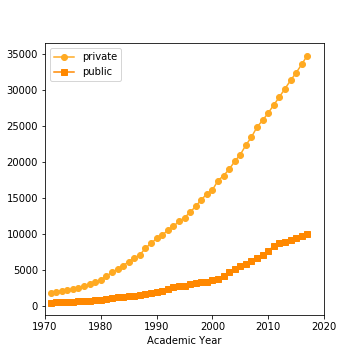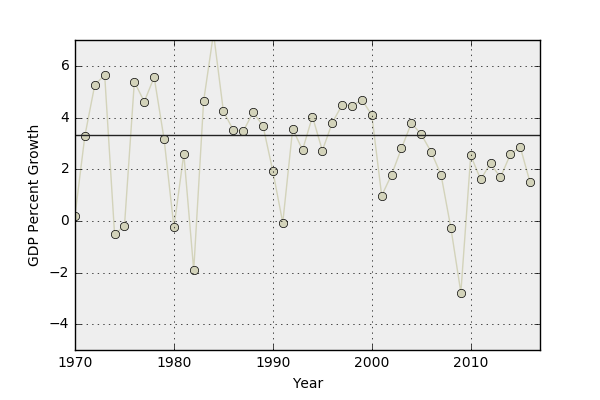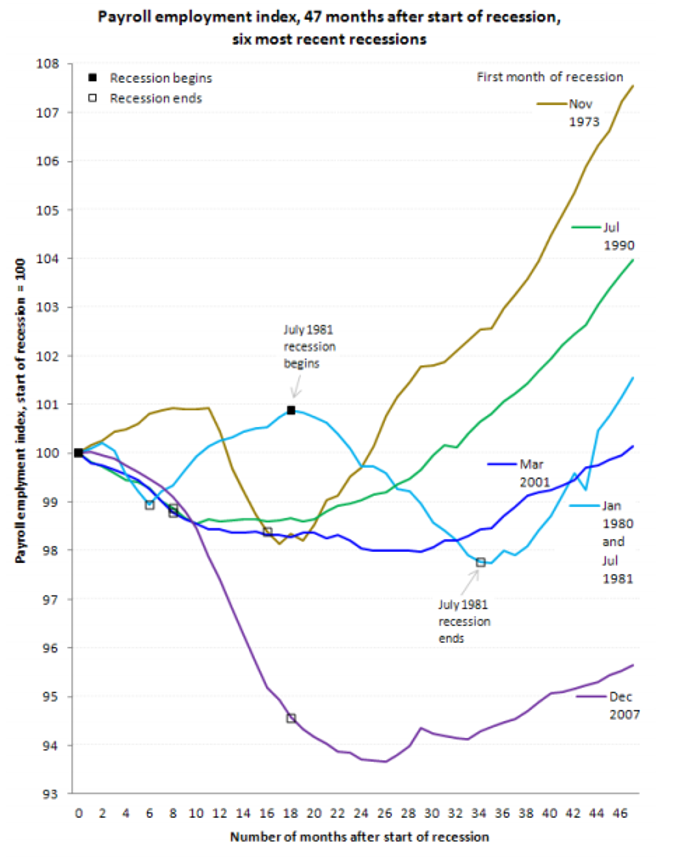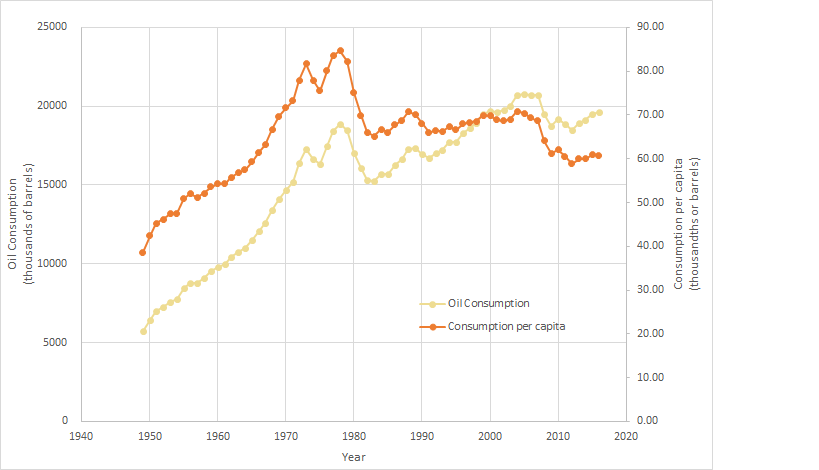Snobs versus Slobs
The title to this month’s blog is borrowed from that wonderful comedy from 1980 Caddyshack, which is itself an homage to the old commedia dell’arte style of theater. The title seemed apt for two reasons. First, the subject of this blog is the economics of theater art. Second, the interest lies in the tension between the relatively new, digital medium of streaming, playing the role of the snobs and the more venerable method of motion pictures, or movies, if you prefer, as the snobs.
This particular instance in the classic confrontation between old and new pits the Cannes Film Festival against Netflix.
I’ve been a Netflix customer for nearly 20 years, having sign-up for a membership sometime in 1998 and I’ve always liked the idea of DVDs arriving in the mail with movies for what passes for the big screen in my home. In the intervening years, Netflix evolved under its own success and moved away from ‘rentals’ and into streaming and generating their own content (as an aside, I question the logic of these moves, from a business standpoint, but it’s their business model). As a result, Netflix now finances and makes their own motion pictures, which neatly brings us to the Cannes Film Festival.
The first Cannes Film Festival was held in 1946 and in the 70 some odd years since then it has grown in international standing and acclaim. Movie makers from all over the world covet the Palme d’Or (gold palm) award. The festival has accumulated a great deal of both financial and reputational capital making it a large player in the entertainment economy.
On the surface there seems to be a perfect match between Netflix and Cannes – a marriage made in media heaven. On one hand, Netflix is making movies while, on the other hand, Cannes is seeking movies to exhibit. What could go wrong?
Well, as the recent article from the NY Daily News (Netflix films can no longer compete at Cannes Film Festival, by Rachel Desantis 3/25/2018) reports, Cannes is unwilling to allow Netflix movies to take home that golden palm branch. A key quote from the article makes Cannes position abundantly clear
The use of the word ‘intransigence’ is most telling. What kind of exact intransigence is Fremaux reacting to? The fact that Netflix prefers to exclusively stream its content rather than show it in theaters. As discussed in Desantis’s article
In a nutshell, Netflix’s movie making may be compatible with Cannes’s role as exhibitor, but the rest of Netflix that also acts as distributor and theater owner is a direct threat to movie houses all across France and the rest of the world, for that matter.
There also seems to be a big government component thwarting Netflix in its chance to earn the Palme d’Or, as the ‘strict chronology laws’ listed in the piece seem to exist as a regulatory hurdle for alternative media or, perhaps, simply as a protection for French film regardless of the source. Nonetheless, the presence of governmental protection lurking in the background is a bad sign.
Desantis’s article goes on to quote Fremaux as saying:
What we see from Cannes is classic economic snobbery of the kind that spelled the undoing of Kodak (see How Kodak Went So Wrong). Fremaux’s focus seems to be on the how: record on photographic film, edit and post-produce, distribute to theaters, and have the masses watch together at proscribed times. He should be focused on the what: a good story told in a good way, regardless of how it is consumed.
Consider a similar exchange from Singing in the Rain (not only a fine musical but also a very funny and honest critique of the motion picture industry)
To drive this point home, imagine if you asked a friend what he thought about a novel and his response centered on criticism of the page size, the font, and the binding. He then moves on to criticize audio versions of the same work since they fail to give the reader the same experience as turning pages. At the end of this rant, you are still left asking ‘yes but how was the book!’, by which you mean ‘tell me about the story.’
I’m certain that behind closed doors at Cannes, Fremaux and his colleagues scoffed at the pretentious Netflix as the members of Monumental Pictures scoffed at the idea of ‘talkies’ in this clip (also from Singing in the Rain):
I wonder if Cannes will be laughing a decade from now.
Final Note: After the drafting of this post, Netflix racheted up the ante in their showdown with Cannes, by threatening to withdraw their movies.















